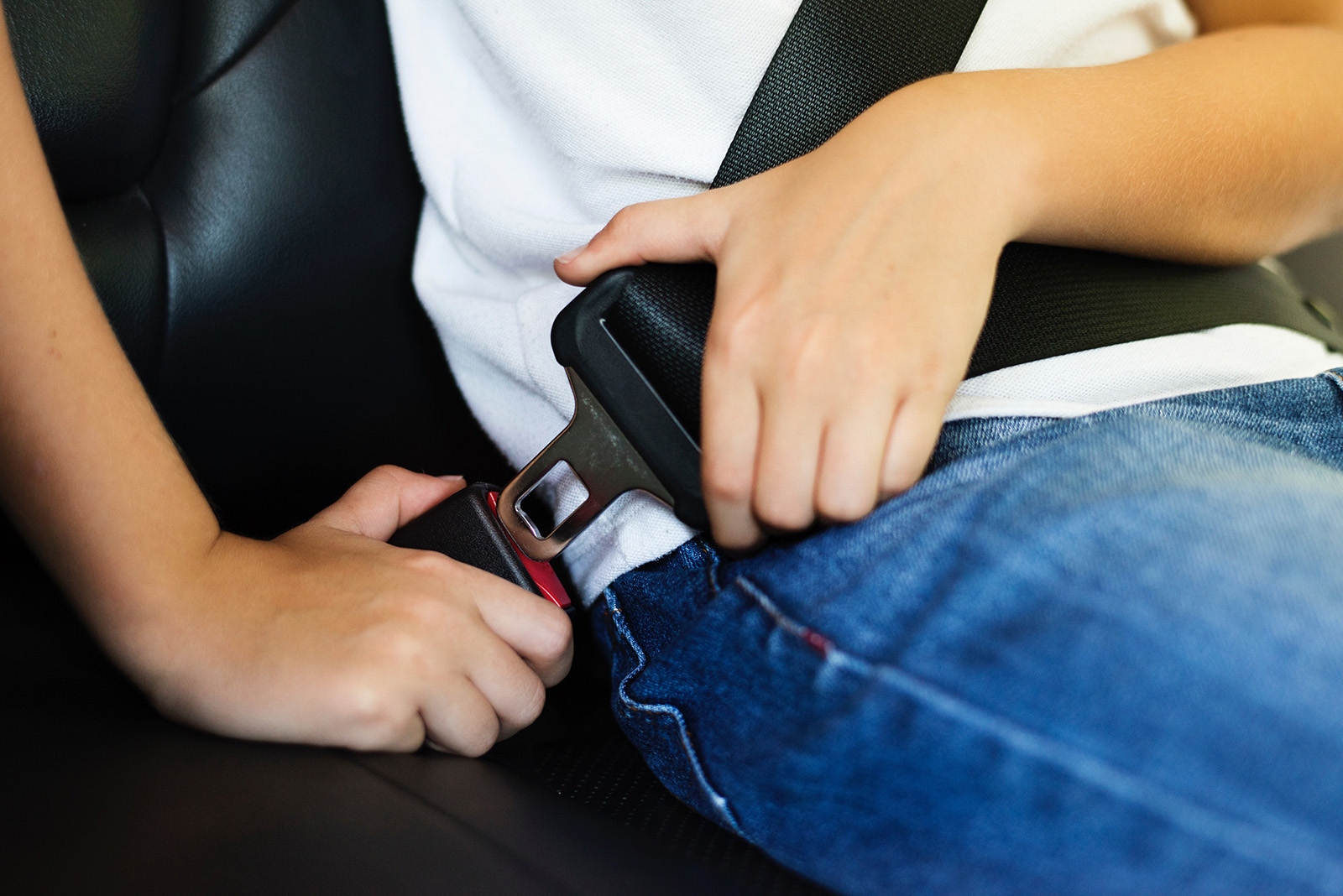Top safety features to look for
when buying a car
02.27.2019 | MotorChief
02.27.2019 | MotorChief

So what is a "sports car" anyway? The first recorded use of the term was in Humanity came a long way from the industrial revolution via various technological advancements that made our life better, simpler to operate and safer in many ways. Due to the progressive developments, the area of technical demands for vehicles and their parts updates constantly as the car industry has always been a leader in being first to adopt the developed technology in form of highly automated safety features in their car models, reducing road accidents by taking the human error out of the equation. Road safety is affected by several factors; quality of infrastructure, the behavior of drivers and safe cars and even though some of the best safety features in cars used to be a luxury that could be found in high-end sports cars, the modern transportation regulations and the ability to mass produce components made it possible for all motorists to purchase a family car or even a mini, without compromising on safety or budget.
As of 2019, there are around 20 unique names to describe Adaptive cruise control (ACC), which is a system for road vehicles that automatically adjusts the motorcar speed to keep a safe distance from vehicles ahead by using sensor information from onboard sensors. ACC systems use a radar or laser sensor or a camera setup allowing the vehicle to brake and then accelerate when traffic allows it to.
Next on the list is AEB, or Autonomous Emergency Braking. Simply put, the car sensors detect a potential crash and if you don’t brake, it does. There’s also a few sub-types of AEB – city systems focus on low-speed crash avoidance (CAEB - city automatic emergency braking), cruise systems work at higher speeds (HAEB - high-speed automatic emergency braking) and because pedestrians are a special case, there is also a PD (Pedestrian Detection). P.S Not all cars with ACC have AEB, but all cars with AEB should have ACC as the basics of the hardware are shared.
First introduced by the luxury carmakers BMW and Mercedes-Benz as further development and expansion of the anti-lock braking system, the Cornering Brake Contro system is designed to apply braking pressure in an uneven way despite physics, to overcome potential crashed during braking whilst cornering. It works by asymmetrically distributing brake pressure to the left- and right-side brakes or by reducing pressure to the rear axle even if the driver brakes outside the normal range of ABS.
Lane departure warning system is a function designed to warn the driver when the vehicle begins to move out of its lane all of a sudden. There are three types of systems:
Systems which will only warn the driver (lane departure warning, LDW) if the vehicle is leaving its lane.
Systems which will warn and, if no action is taken, automatically turn the vehicle back to its lane (lane keeping system, LKS).
Systems which will plain take over the steering to keep the car centered in the lane, and ask the driver to take over in challenging situations.
The blind spot monitor is a vehicle-based sensor device that “sees” your surrounding where it’s hidden from your eyes. Its function is crutial and basic as it will warn you about the passing motorcycle you might have missed before switching lanes. Warnings can be visual, audible, vibrating, or tactile. Taking into account that every auto manufacturer resolves the problem of blind-spot detection in a slightly different mode, we are able to group the blind-spot monitoring technologies into two different categories: active and passive.
A system that uses some sort of electronic detection device(s) mounted on the sides of the car that sends out either electronic electromagnetic waves or analyzes images with a digital camera.
Low tech Passive blind spot warning systems located on a car's mirror and offer a bit more of an expanded view. Really as basic as it gets but better than nothing.
A backup camera puts eyes on the back of your head, it also called a reversing camera. Even thogh im most cars the function still must have a mirror, some manifucters are already replcying the traditional choise with Skinny stalks that emerge from where you'd usually find the mirrors, claming that smaller size improves outward visibility and lowers wind noise. In both menthds, it’s job is pretty straightforward as it’s was invented specifically for the purpose to help reverse by eliminating the rear blind spots.
With adaptive headlights, there's no guessing in the dark. Cars with this active safety feature will turn it’s light beams around each bend in the road, giving you a better view of what's ahead. A car with adaptive headlights uses electronic sensors to detect the speed of the car, how far the driver has turned the steering wheel, and then the rotation of the car.
Whichever safety feature you chose to put in your top priorities, be sure
that it’s likely to be found in almost any modern car on the market and if
not, try to reconsider purchasing a vehicle from a manufacturer that prefers
financial gain above the safety of its customers.
Safe drives to all!
To get assistance on choosing the right car for you, please use our step by step search.